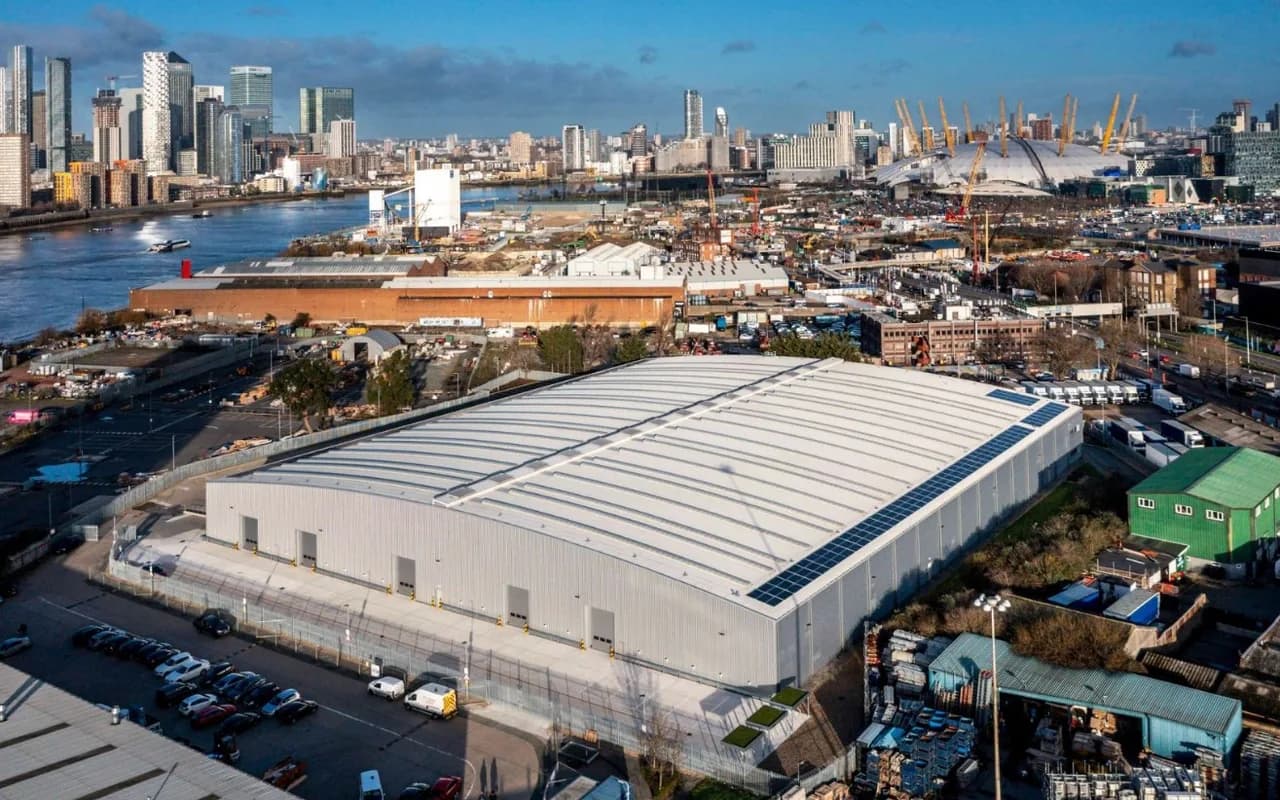
Labour’s new planning and housebuilding proposals will boost demand for space and increase rental growth in the country’s logistics market, write DTRE’s Robert Taylor and Will Elvidge.
Fresh off the largest parliamentary majority in a generation, Prime Minister Keir Starmer has vowed that “growth is Labour’s number one priority for government.” With a view to enacting this – and to assuage concerns of a “conspiracy of silence” about the structural, economic and fiscal issues bedevilling the nation (as levelled by the Institute for Fiscal Studies) – Starmer and Chancellor of the Exchequer Rachel Reeves have set their sights on reforming the UK’s antiquated planning system.
Beyond the renters and prospective homeowners promised 1.5 million new homes, however, there is another group that stands to benefit from the construction boom Labour hopes its planning reforms will engender: investors in the UK’s logistics market.
New homes require new logistics hubs. Labour’s “strategic approach” to residential development, however, will squeeze the land available on which to build these facilities. For private equity and institutional investors, this spells both increased occupational demand and higher rents within the logistics sector – key metrics, and a prerequisite, for any investment decision.
Houses mean boxes
In 2019, the British Property Federation estimated demand for logistics space increased by 6.4 square metres for each new home. This figure will have risen sharply since then due to the acceleration of e-commerce during covid and beyond.
Online sales today account for 26.9 percent of total retail sales and are set to grow at an average of 7.8 percent annually between now and 2027, according to the British Retail Consortium. Crucially, rather than merely displacing and reformatting logistics demand from one sector to another, e-commerce requires roughly three times as much logistics space as that which services physical retail.
To put this into perspective, Labour’s pledge to deliver 1.5 million new homes over the next five years is equivalent to circa 9.6 million square metres of new logistics warehouse demand, which could represent an additional 1.92 million square metres of new take-up per annum over the next five years.
Logistics real estate is therefore an unspoken element within the residential conversation, and as necessary for quality housing stock as transport connections or leafy green spaces. A housebuilding boom is a logistics boom.
50 shades of green
Rising demand is not the only factor that will draw investors to the logistics market. Implicit within Labour’s promises are also reasons to believe that rental growth, which has risen precipitously in recent years, will continue and even accelerate.
Despite much speculation around Labour’s plans for the green belt – a policy to prevent urban areas spreading into undeveloped land – the government has been clear that so-called “brownfield” and “grey belt” space will be developed first. In reality, this will mean a further loss of the land that has traditionally been utilized by industrial and logistics occupiers, with last-mile operators in major cities especially affected.
The experience of London over the preceding two decades is likely to be the nation’s writ large. Between 2001 and 2020, Segro estimates that 1,483 hectares of industrial space within the city was lost. It comes as no surprise, then, that since 2001, logistics rents within London have increased by 122 percent, according to MSCI.
Should Labour’s planning and housebuilding policies further constrain industrial and logistics supply, rental growth for the sector should continue to rise, as new developments are driven further and further out of cities and competition for ‘super prime,’ centrally located assets heats up.
The new government has spent years courting private and institutional investors and, in just its first weeks in power, has promised “catalytic capital” to derisk private investment in critical infrastructure with social value. While logistics might lack the novelty of gigafactories, renewable energy or green steel, the sector is a significant driver of economic growth and ESG development.
With politicians from all parties now acknowledging the need for a huge number of new homes in the UK, along with Labour’s landside majority, there is newfound confidence that critical velocity has been reached on the issue. Once the government moves from speech to action, we expect logistics real estate to enter the conversation. Even before it has, the attractions from an investor perspective are clear.
To read the article on the PERE website, please click the following link: UK logistics set for private investment boom with new government (perenews.com)



